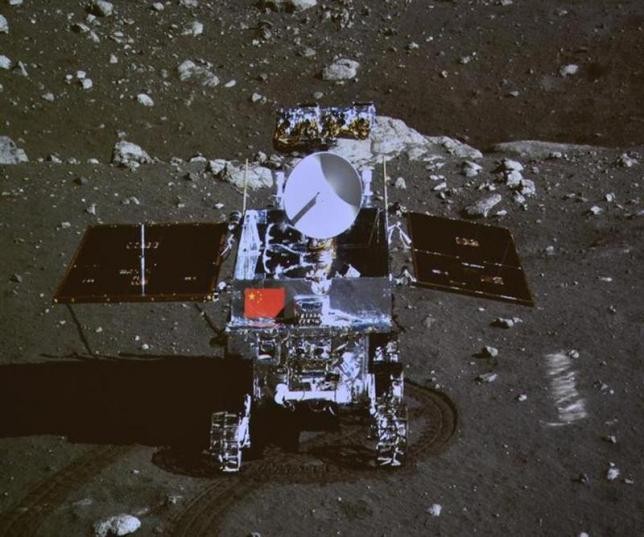Chinese scientists have announced plans to mine the moon for its rare substance called Helium-3, which is enough to provide energy for nearly 10,000 years and solve the Earth's energy crisis, according to a report by the Huffington Post UK.
According to the report, China's claim was based on tests showing that huge deposits of the substance were found on the moon that can be used as fuel for clean nuclear fusion reactors.
An article published by PBS.org said that China views space as a potential source of energy security and this includes the moon, which has an abundant supply of Helium-3, a light and non-radioactive fusion fuel that cannot be found on Earth.
It is estimated that there are at least 1.1 million metric tons of Helium-3 on the lunar surface to supply human energy needs for up to 10,000 years, the article said.
China is highly aware that it would be a huge strategic advantage if it secures access first to Helium-3, as the U.S., through the Silicon Valley, also expressed interest in it, driven by the $30-million Google Lunar XPRIZE.
For billions of years, solar winds containing Helium-3 bombarded the moon, and since it has no atmosphere, the isotope freely hit its surface and bonded with the dust.
The dusts, which contain Helium-3, can be mined and extracted by heating it to 600 degrees, China claimed. The dust will then be shipped back to Earth where the precious fuel can be extracted.
As a fuel source, Helium-3, considered by scientists to be a "miracle fuel," has many advantages. It is an ideal fuel for clean fusion reactors because it is non-radioactive and can provide a powerful energy source even in small quantities.
It is estimated that 40 tons of the substance could power the entire United States for a whole year, as cited in a report by The Mail Online.
The report said that researchers in the U.S. have started calculating the cost for Helium-3 mining, while China has not announced plans to set up a mining colony on the moon.
Mining Helium-3 is considered an economically viable plan as each ton of the rare substance has an estimated value of $3 billion, while the total R&D cost for building a fusion plant and creating the necessary spacecraft would cost $20 billion.



























